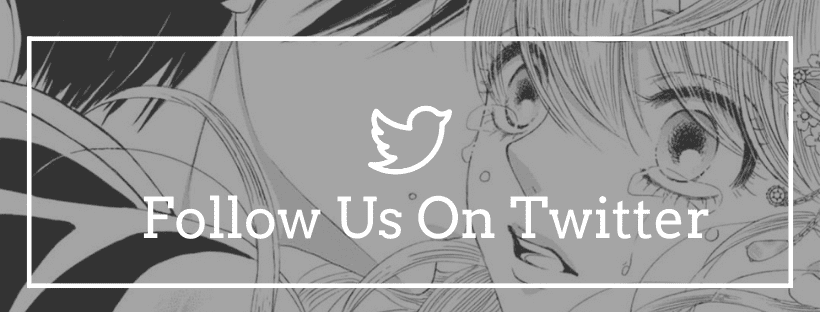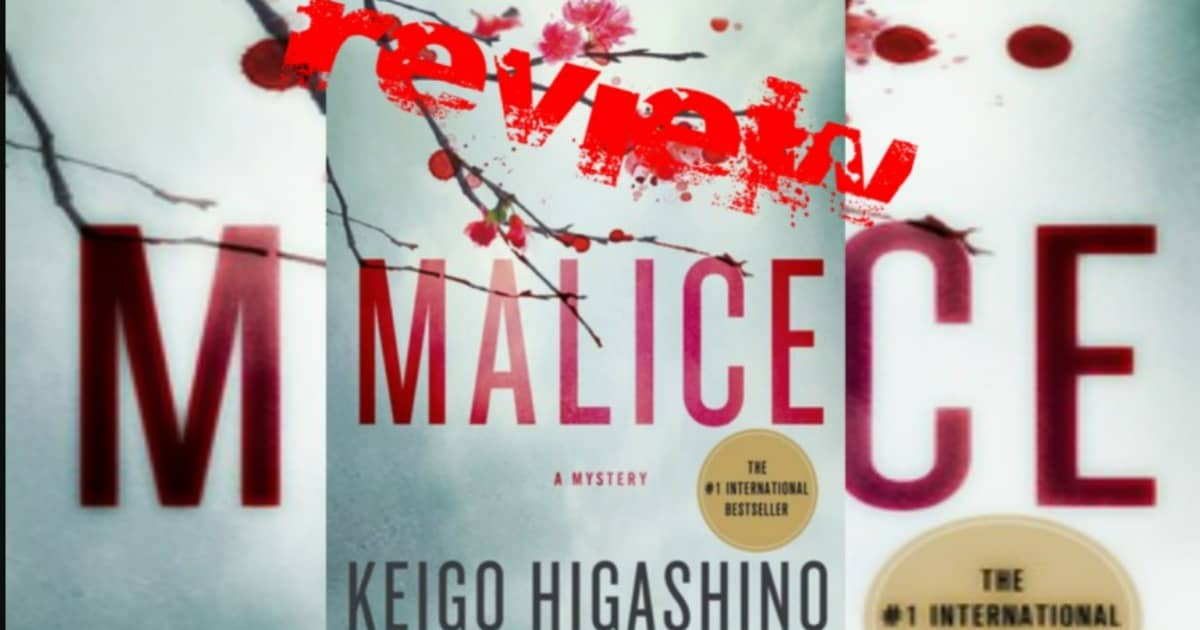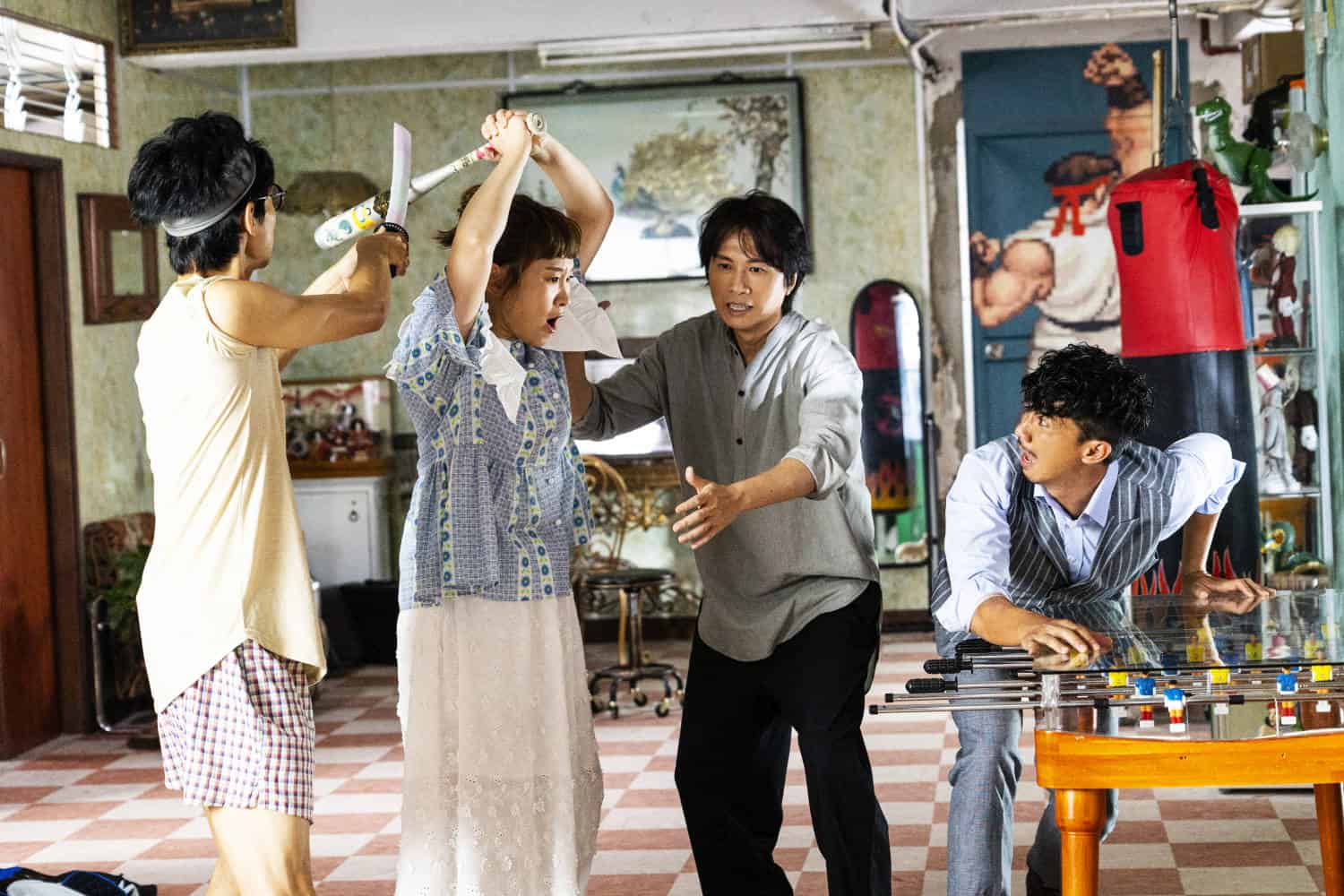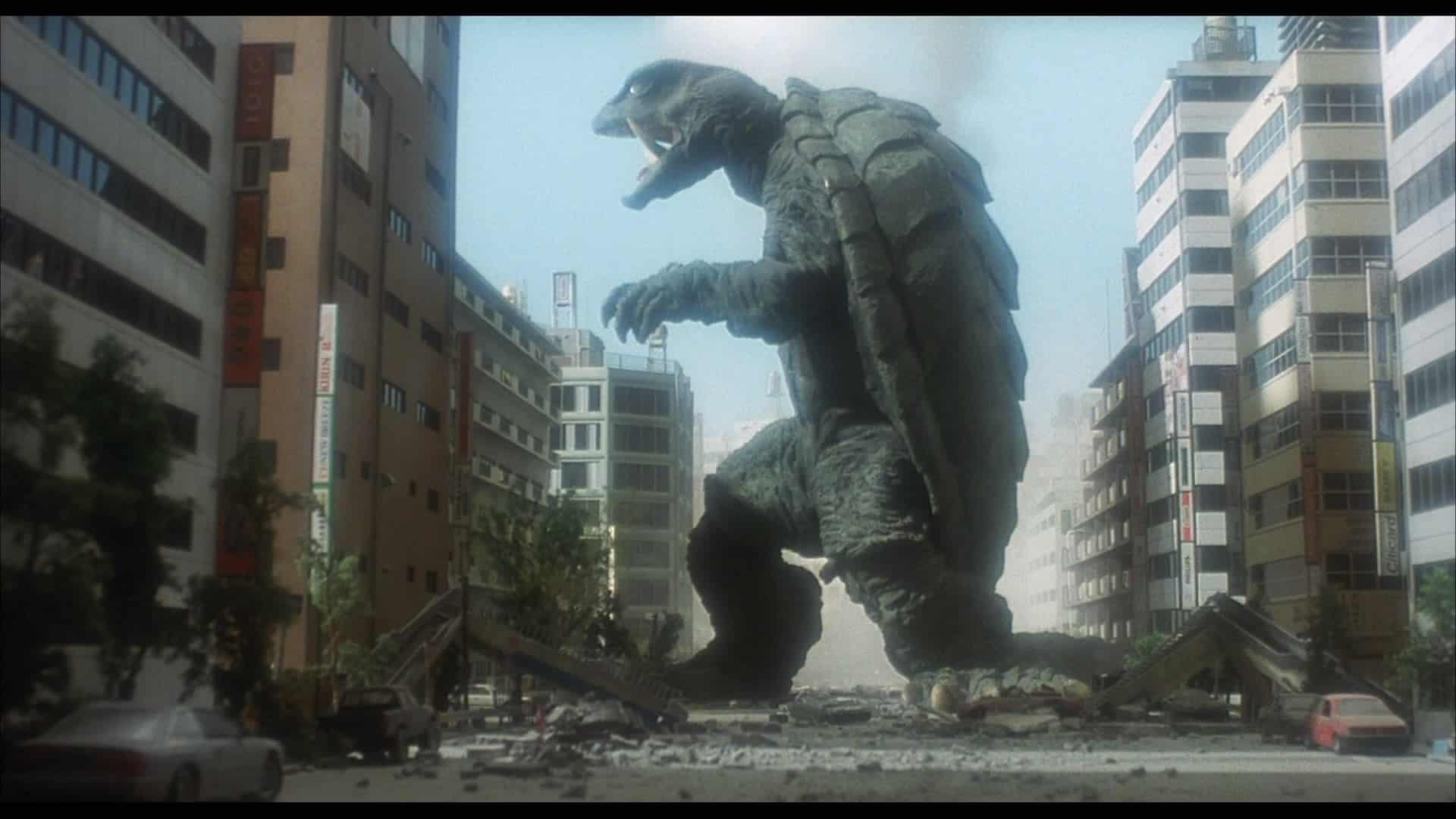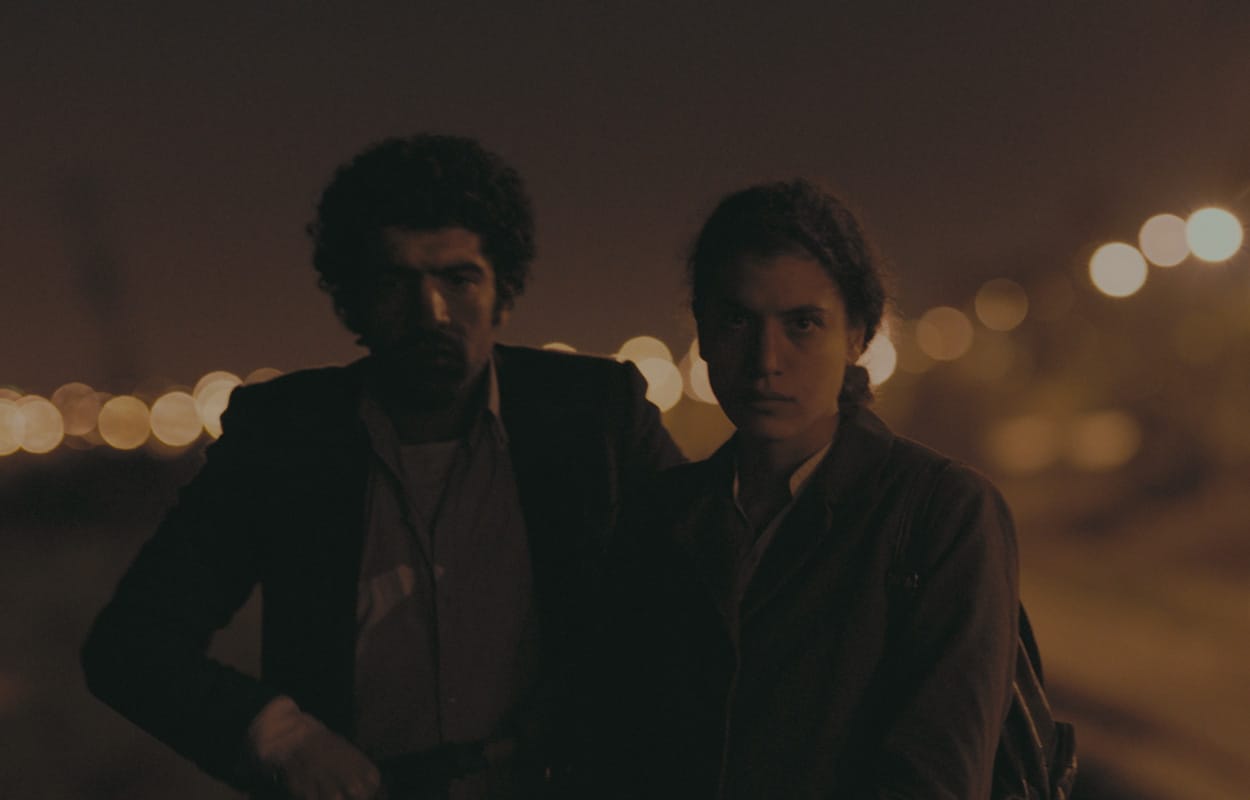By Palomo Lin-Linares
The genre of “Ero Guro” is often characterized as a diptych of the erotic and grotesque. Upon its creation, it shocked contemporary audiences, yet many accepted it because of its rebellious, counter cultural aesthetic. Among them was Edogawa Rampo, a writer whose subjects often stray into Ero Guro territory, with such stories as “The Human Chair” and “Caterpillar.” Many years later, in 2007, one of his more notable works: “The Ttrange Tale of Panorama Island” was adapted into a manga by Suehiro Maruo, a contemporary torch carrier of the Ero Guro movement.
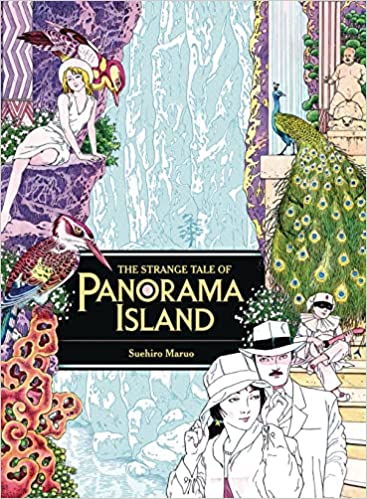
The manga follows the same plot as the original novella: Set in the 1920s, a novelist named Hitomi finds he shares a striking resemblance to a recently deceased industrialist who left behind an incredible fortune. Hitomi, inspired by his own dissatisfaction, decides to impersonate the dead man, and inherit the life his industrialist doppelganger left behind. With his newfound fortune, Hitomi decides to enact his fantasy of creating an adult amusement park, so as to escape economic malaise. He chooses to call this park Panorama Island. ‘Amusement park' is too light a word, for this place is a true hedonist's paradise.
The story reaches the height of its debauchery in the latter half, in a downward spiral of perversity beginning with the sixth chapter. This latter half Is in complete contrast to the otherwise reserved beginning and middle, which follow Hitomi as he executes his plan. Upon execution of his scheme, the story shifts into a guided tour of sorts, as Hitomi guides his “wife” Chiyoko around his newly built paradise. It could be said that there is even a clear parallel to Dante's inferno, as Chiyoko is guided through the various layers of Panorama Island. As the chapters progress, there are some graphic, shunga-esque depictions of sex, all drawn with an almost carnival-like playfulness. These opulent and erotic illustrations are the main focus. While there is some underlying tension as to whether our protagonist will be found out, Suehiro Maruo focuses his attention on Hitomi's indulgences, rather than his fears. Even the dialogue has been minimized to take up as little of the page as possible. “The Strange Tale of Panorama Island” is entirely dependent on the idea of spectacle, and provides beautiful imagery reminiscent of traditional Japanese prints.
Another clear influence on “The Strange Tale of Panorama Island” is the work of Hieronymus Bosch, specifically “The Garden of Earthly Delights,” as we see broad compositions depicting the pursuit of sexuality, through absurd means. These compositions are often spread out across two whole pages, allowing the scale of the environments to be felt by the reader, whose attention will no doubt be on the various characters lounging about the environment, if not nude, then invoking Roman iconography with togas and stolas. These figures are rendered simply, with minimal detail besides the base outline of their features. Their purpose, both in the manga and in the actual plot, is to give life to the environments.
Maruo, inspired by the original novella, gives thematic prominence to the idea of industrialism. The era in which the manga takes place, and in which the original story came out, was one of great changes for Japan. With the meiji restoration, and Japan opening itself to the west, industrialization had suddenly become a part of Japanese life. There was a growing middle class, and the American influence was beginning to spread.“The Strange Tale of Panorama Island” presents the theme of “change” from the very beginning, as the story starts with the death of the Taisho emperor, and with it the death of the Taisho era. This idea is further expressed through a fear of the uncertain future. Panorama Island is built with industrialists' money, on an island previously inhabited by fishermen who were driven out. And the very title “panorama” seems to point to the illusions of our protagonist (his lie) and perhaps industrialism as a whole. There is even a portion of the island titled “The forest of the mechanical black beasts,” which consists of “dream machines which don't produce anything.” It all points to a rather sceptical view of industrial progression. For observant readers, this symbolism will provide commentary on the politics of the era, though it is still applicable today.
“The Strange Tale of Panorama Island” is quite tame compared to other Suehiro Maruo works, and other Ero Guro fiction in general, meaning it's accessible for people who are prepared to take the bizarre with the beautiful. However, those who prefer story driven manga may be disappointed by Maruo's focus on visuals, and much of the “story” being conveyed through montage. On the other hand, connoisseurs of ero guro and visual storytelling will likely be very pleased with “The Strange Tale of Panorama Island.” This is definitely a spectacle driven work. One which is quickly paced and likely won't take more than a couple days to finish reading (depending on how long you choose to admire the panels).



